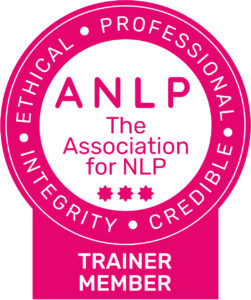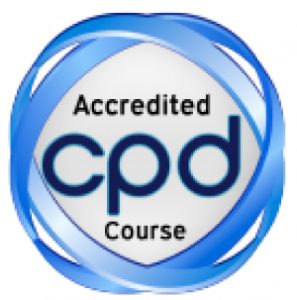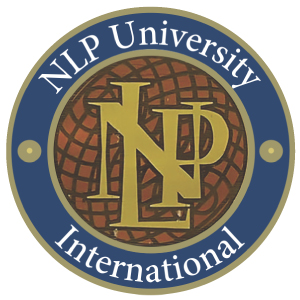How to Manage and Control Your State

Arguably learning to understand (and manage) your own state is one of the most helpful tools in personal development.You were in such a state, what a state you are in! What a fantastic state of mind.
What is State?
The OED defines state as “The particular condition that someone or something is in at a specific time” and the term has a very similar meaning in NLP.
It is ‘how we are’ at any given moment: our emotions, what’s in our mind (thoughts, stories, images, sounds, sensations), our body and what we are doing with it. It’s mood, it’s ‘frame of mind’, it’s posture, it’s a whole range of variables that make us not just ‘how’ we are but , perhaps more importantly, ‘who’ we are at a particular time
States can be hugely powerful, in many ways controlling our actions. In a negative or ‘unresourceful’ state, our range of choices is limited (and often limited to actions that don’t help us or even cause us harm). Contrast this with the energetic state of someone in ‘flow’ or of a charismatic individual.
Change it is within our control
Conventional wisdom has it that changing our state is beyond our control. It is a core tenet of NLP that this is not the case. We can change our state – if we know how – at any moment. How do we do this, and put ourselves into the best state possible?
A little bit of science can be useful here, thanks to Professor Stephen Porges. Our state can change when we unconsciously perceive a threat from the environment, Porges calls this neuroception; (perception is when we are consciously aware of some sort of threat).
The problem with our human brain is it often confuses a non-dangerous annoying situation with a threat, when rationally, there is no threat. For example, a frown from a shopkeeper can trigger a memory of some bully in our childhood and we find ourselves in a stressed and unhelpful state. We can also have this response by simply replaying some negative memory to ourselves.
Notice your state right now
When this sort of thing happens, learning state management can be a hugely helpful. The first thing to do is to pause and simply notice the state we are in right now – become aware that we are in a negative state and accept it without feeling a sense of shame, fear or anger; simply being able to say to yourself, “I feel bad and that’s the truth of how I feel right now.” The next step is to use some skill based NLP type process to then change our state to make us feel better.
A simple, quick but often very effective way is to change state is to change posture. Straighten the body, look ahead and slightly up rather than down. Move about, if it’s appropriate, smile. As you do these things, notice how your thoughts change. It is a presupposition of NLP that body and mind are one system, so making a change in one will naturally create change in the other.
Mindfulness
Even a simple change of attention can be helpful. Look at something different. Mindfulness takes this to a higher level. It enables you to turn your attention ‘inward and upward’. You look inside yourself, but not at petty or self-centred concerns but at a deep place full of tranquillity and resourcefulness. If you practice mindfulness, you will become able to access this powerful state very quickly and in a way that nobody else will notice. Forget having to close your eyes and intone a mantra: with practice you can just go there.
We have plenty of material on mindfulness on this site.
The Circle of Excellence
NLP also has exercises you can use to get yourself into the state that you want. In the video attached to this post, I have just introduced one such exercise, The Circle of Excellence. Just about to go into a difficult interview? Waiting to give a presentation? This technique can ensure that you get in the right state before you enter the lions’ den.
The exercise is about recalling past times when you were in a good ‘place’: competent and enjoying that competence. What was your state like then, or your posture? What were you telling yourself? What did you hear, feel, see, touch, smell? Because a state is a collection of associated things, recalling some will bring others with them. We can then use the NLP technique of anchoring to give ourselves a button to press whenever we want to summon this ‘me at my best’ state.
Can you ‘read’ someone else’s state?
Incidentally, we should beware of using the notion that states are a bundle of gestures, emotions and thoughts to assume that other people’s states can be ‘read’ from their physical pose.
Some poses do seem pretty constant across everybody – a hunched person looking down at the ground is most likely in a gloomy state. But, if you are coaching someone, or even if you work with them a lot, it’s worth looking at the gestures they make and finding out what they mean. In coaching this is easy – just ask. In daily life it’s a rather strange question – though I know couples who ask each other, ‘Penny for your thoughts?’ Be curious about what gestures and poses say about the people around us and the states they are in.
The notion of state can help us raise our game in difficult situations, but also helps us understand other people.
Did you like this post?
Then check out our events and courses!
Where to find us
For posts, events, free open days and more, follow NLP School on:
What to read next
Managing Your Mind — Negative Feelings and NLP
How to Be Happier Using NLP Techniques








